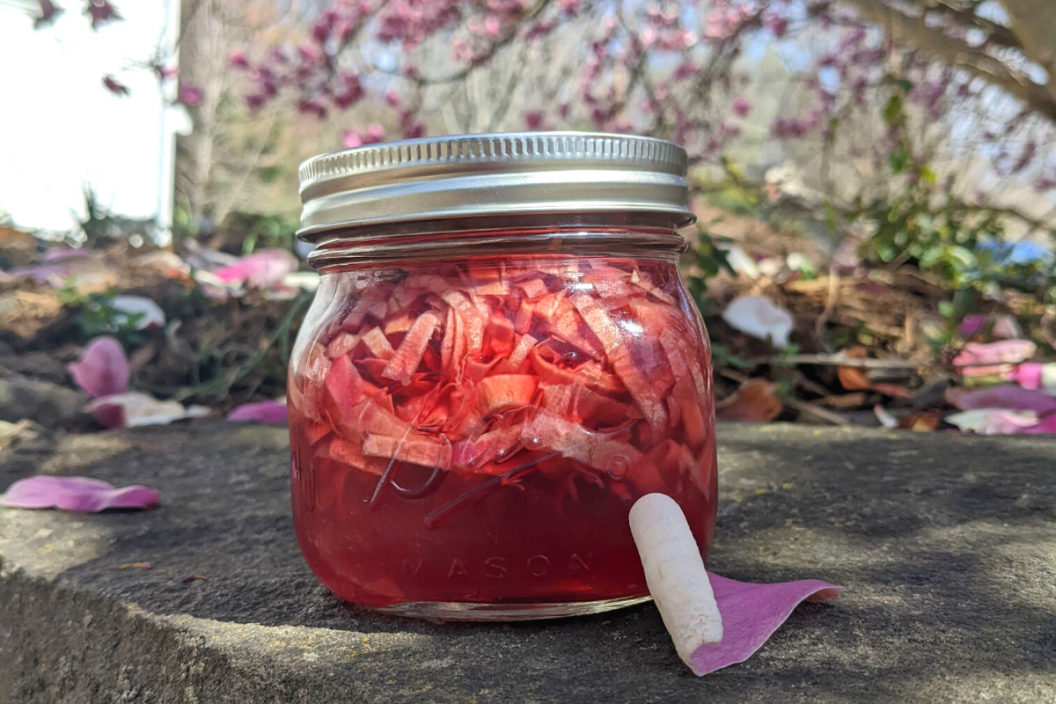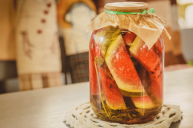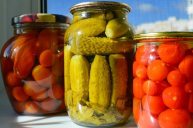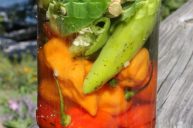One of the first heralds of spring in the south is the magnolia tree, with gorgeous thick petals from white to dark pink. The magnolia tree is so old, it appeared before bees evolved. Its main pollinators are beetles, which is why its petals have evolved to be so thick. These juicy petals are beautiful...but are they tasty?
Videos by Wide Open Country
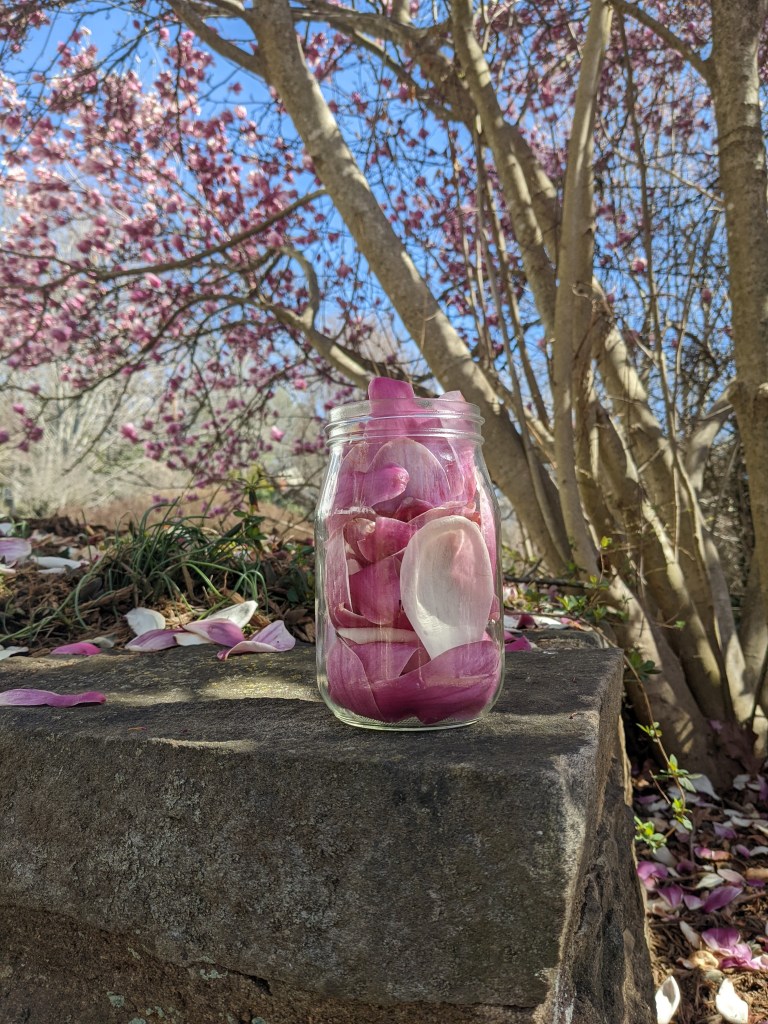
Frankie Larson
Yes! The first time I tried a magnolia petal, I was blown away by how much it tasted like ginger. I expected something so pretty and pink to have a floral taste, but it really has a delicious punch. There is no known toxicity to magnolia flowers (unless someone had an allergy)and magnolia blossoms, petals, and bark have all been used in eastern medicine for over 1,000 years. There are many different known edible species of magnolia, including the popular magnolia grandiflora, and you can find a list as well as the taste profiles of them here.
How To Pickle Magnolia Petals
I have a Magnolia Soulangeana, also known as a Saucer Magnolia in my yard and I am in love with it. It's just magic when it blooms. I was told last year that the best way to eat magnolia petals is to pickle them. Although glorious, the magnolia trees' bloom time is short-lived, and I missed out on pickling last year. But this year, the second I saw those lovely flowers open up, I knew I had to try it. And oh my gosh am I glad that I did!
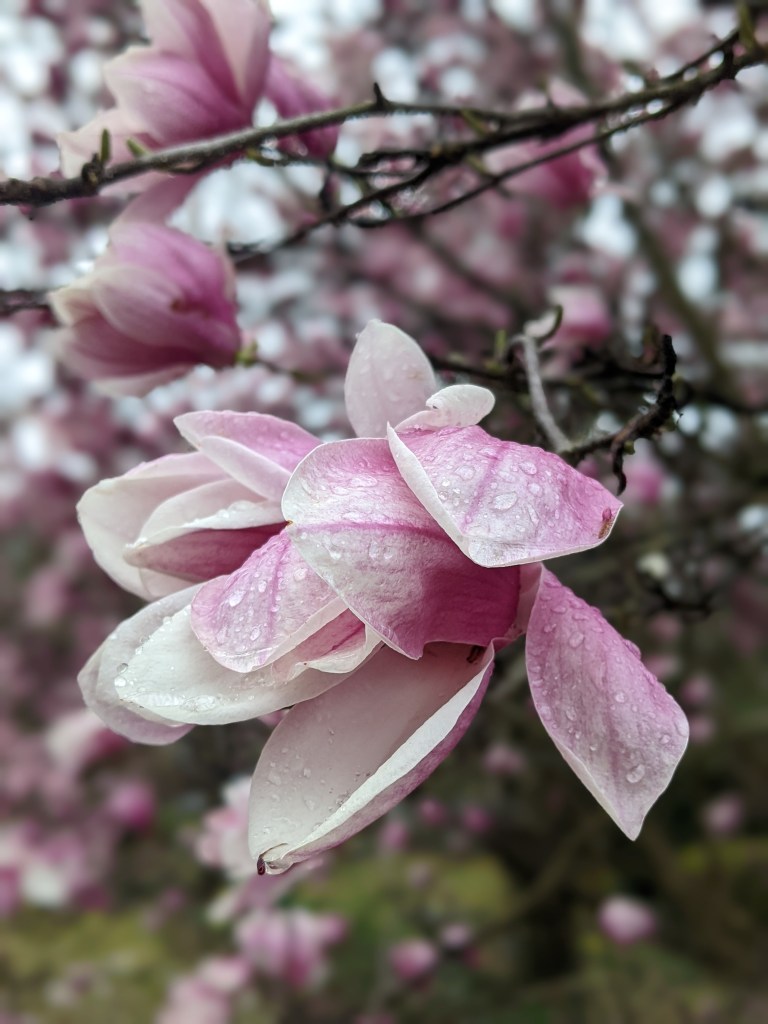
Frankie Larson
It's so peaceful to be among the sea of pink, picking petals. I took my time picking ones that were young and fresh and made sure to be gentle so as not to bruise them. I wanted to make a half-pint of pickles, so I picked a full pint of petals (whew, say that 10 times fast) without smooshing them. I may have taken a few minutes just to smell the flowers too, but that's an important part of the process.
Next, I used a colander to rinse all my petals. I stacked as many as I neatly could, lining them up by size, and rolled them loosely. I chopped them and set them aside in the half-pint jar.
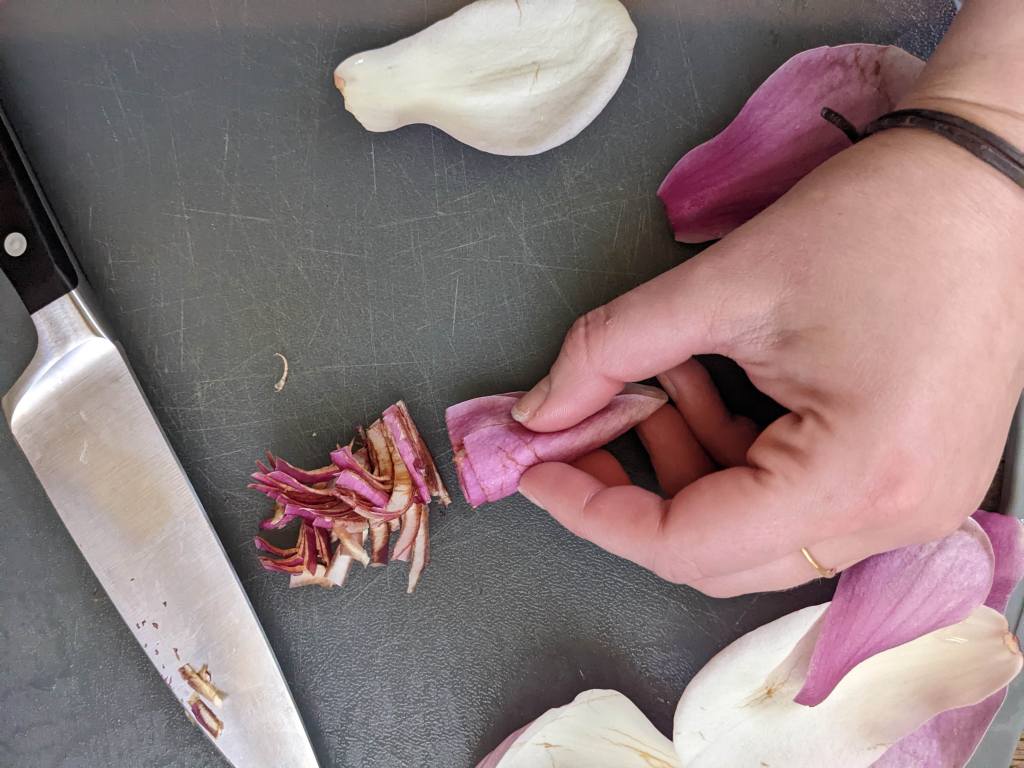
Frankie Larson
I heated up about 8 ounces of vinegar. I made two batches, one with apple cider vinegar and one with half white vinegar and half dill pickle juice. I ended up liking them both, but the apple cider vinegar definitely brought out the subtle flavors better. As my vinegar heated, I added sugar and salt to taste. I love a super-salty brine, and the salt just compliments the subtle floral notes so well.
After the salt and sugar was dissolved into the vinegar, I gently poured it over the petals and watched in awe as the brine turned the most gorgeous deep pink I've ever seen. I let it sit and cool (while I took 100 pictures) and turned it around a few times to make sure it didn't clump, and the liquid was evenly distributed. After it had cooled a bit, I stuck it in the fridge to cool completely and forgot about it for a few hours until I got hungry and made some noodles for lunch.
How To Eat Magnolia Petals
I was blown away by the flavor. I have been putting it in almost everything I eat this week, it's so delicious. It's the perfect balance of floral, spice, ginger, and sour. In my opinion, it was best in spring rolls and ramen. I am going to miss it when I finally eat the last bit and have to wait again until next year!
Magnolia blossoms can also be used on salads, in tea, or dried for a bit of delicate spice year round. I hope if you have a magnolia tree near you, that you try it. Not only is the process beautiful, the end result is absolutely delicious.
*Disclaimer: This recipe was created by a trained forager. Do not attempt this without knowledge of known edible species.
READ MORE: 7 Health Benefits of Pickles That'll Make You Grab a Spear
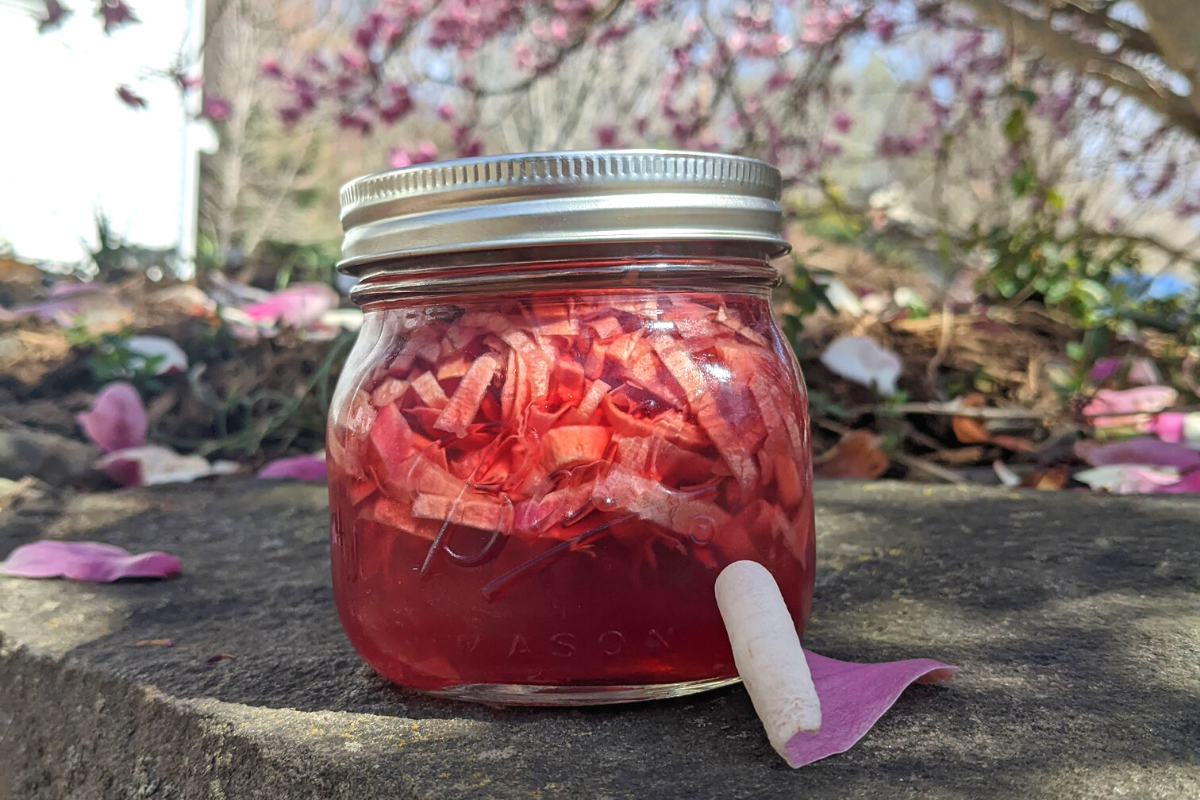
Pickled Magnolia Petals
Ingredients
- 1 pint magnolia leaves
- 8 oz apple cider vinegar
- 2 Tbsp sugar
- kosher salt to taste
Instructions
- Collect, wash, and chiffonade or chop the petals and place them in a half-pint jar.
- Meanwhile, in a saucepan over medium heat add the apple cider vinegar, sugar, and salt. Once dissolved remove from heat and pour over the petals, making sure to stir to prevent petals from sticking.
- Let cool, cover, and chill in the fridge for at least 4 hours. Serve on ramen, in spring rolls, or as a delightful snack.
